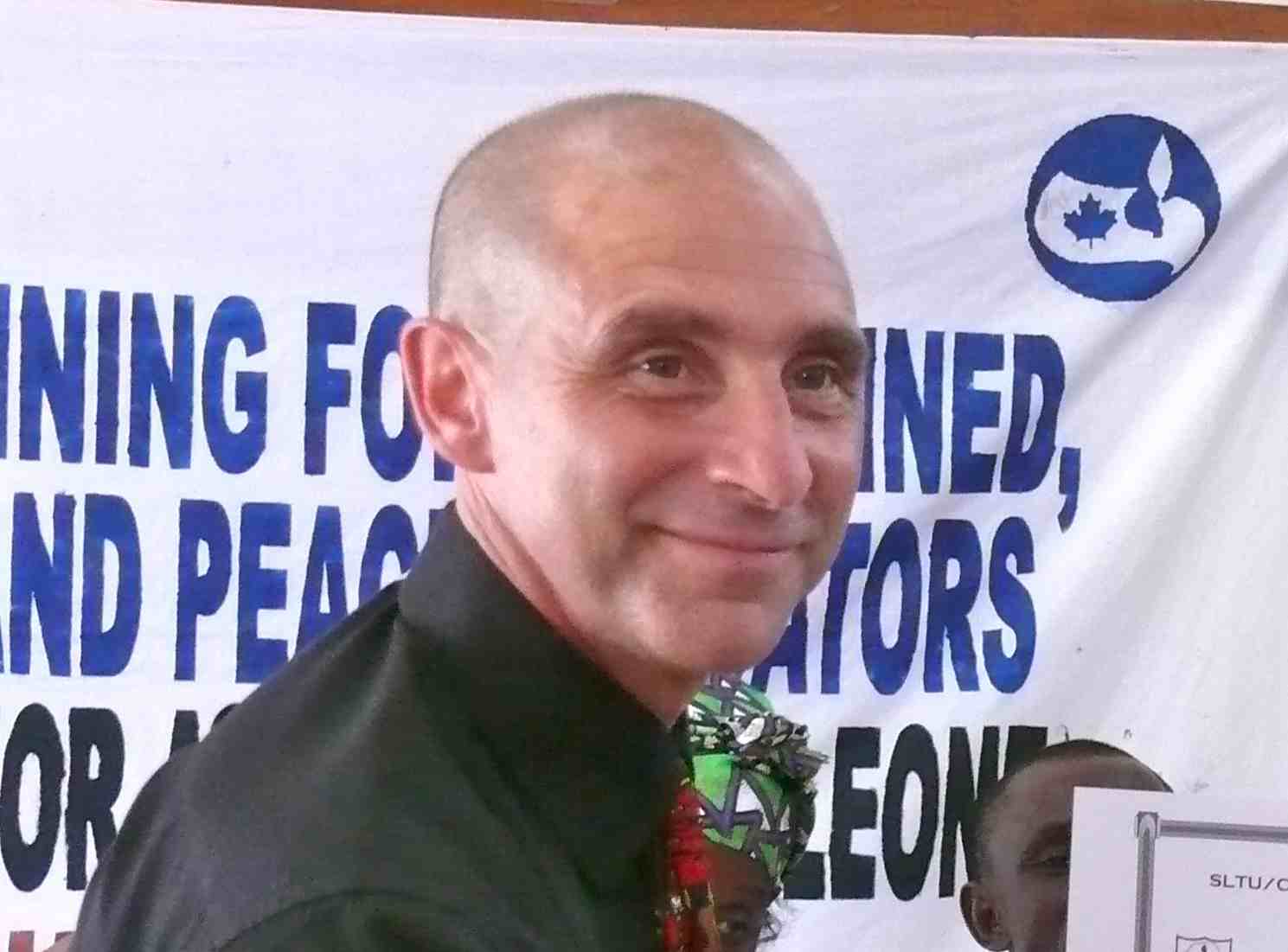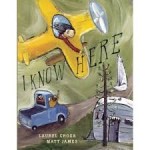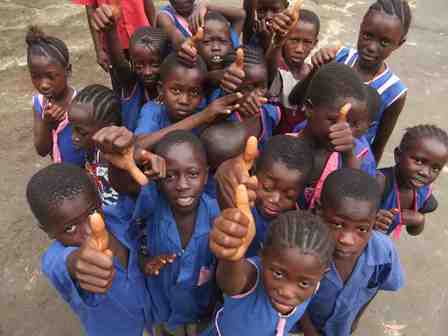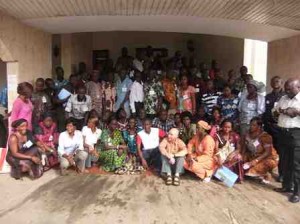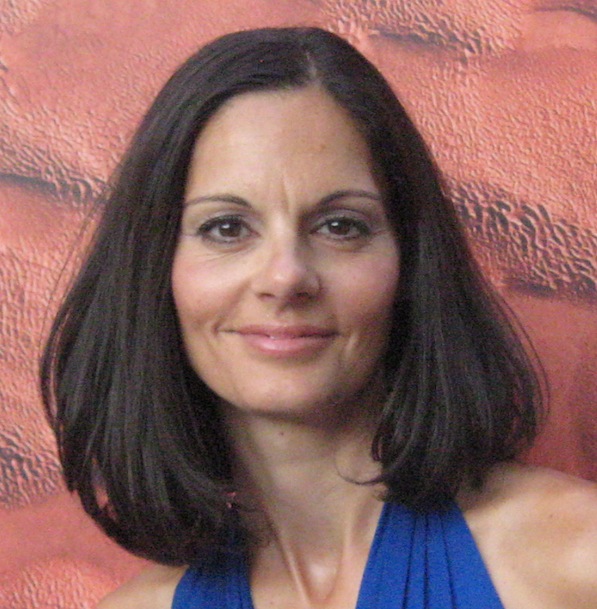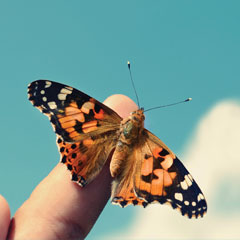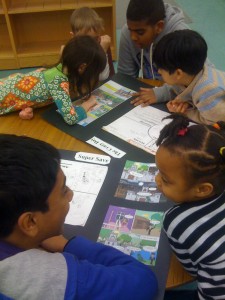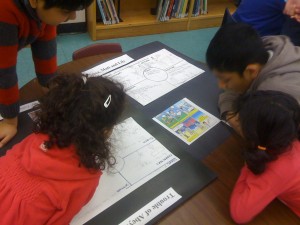I had to share this with someone, so I felt this blog was the best way. At a recent class meeting we all sat down and started to talk about what makes a classroom great. This topic generated a myriad of ideas, discussion and debate. I am sharing with you the final product that came from this amazing group of students.
– when everyone works as a team
– you celebrate when people do something right
– every student is a success
– tell the teacher how you care for them and they will tell you the same way
– teachers teach us how to share, cooperate and work as a team
– we have fitness in the morning
– we do different kinds of things like planting
– you don’t give too many chances
– you take the time to get to know each other
– don’t be too easy, don’t be too hard
– we set goals
– when students can be taught and entertained at the same time
– teachers discipline
– you take risks with each other
– students and teacher communicate to each other
– we give lots of smiles
– students are allowed to teach teachers
– students are allowed to learn from their mistakes
Needless to say, my students have once again taught me how valuable an asset to our classroom they are. Their collective voice has demonstrated the power of our class motto ‘Together Everyone Achieves More Success’. I hope you can read my happiness and pride!

